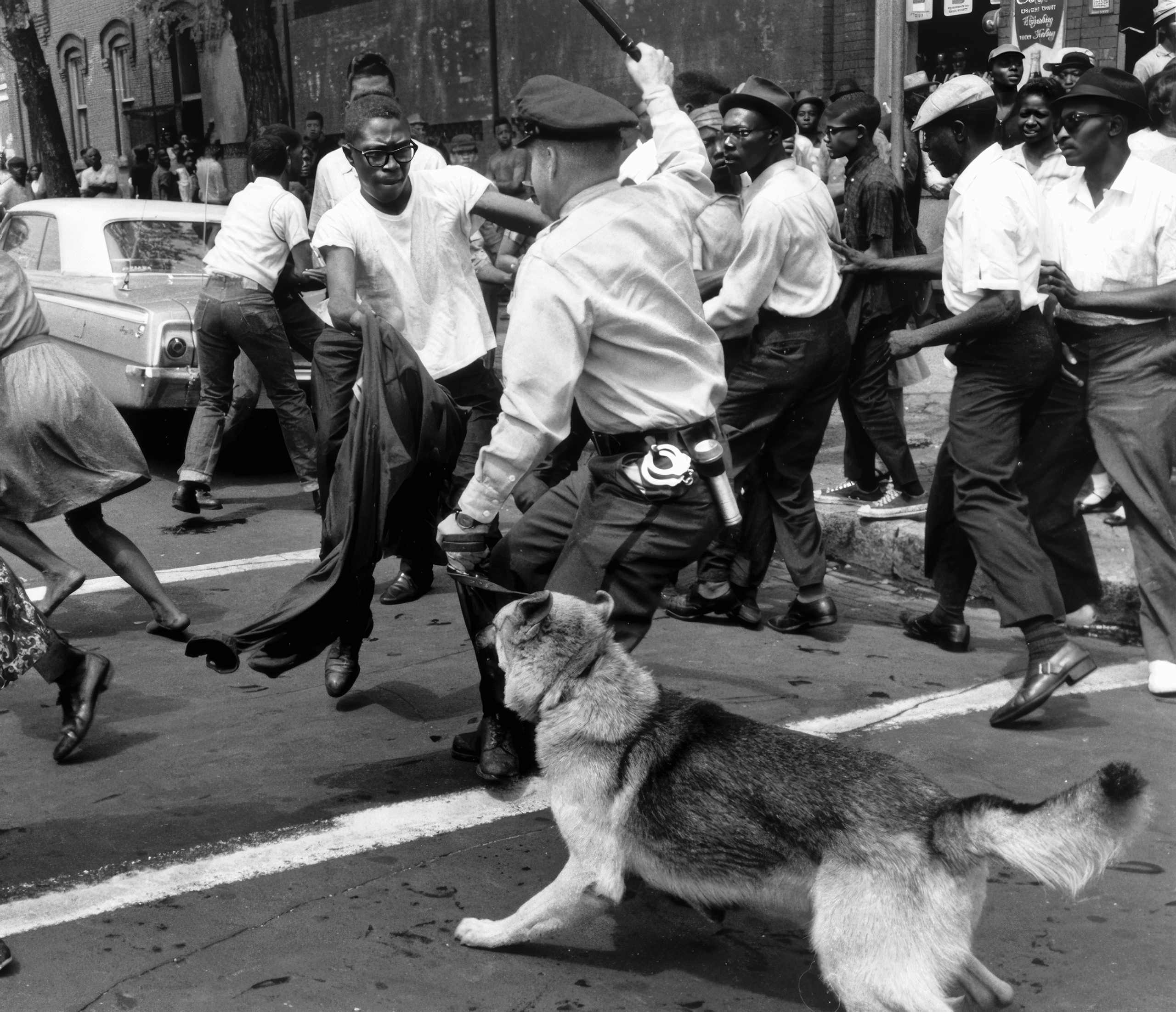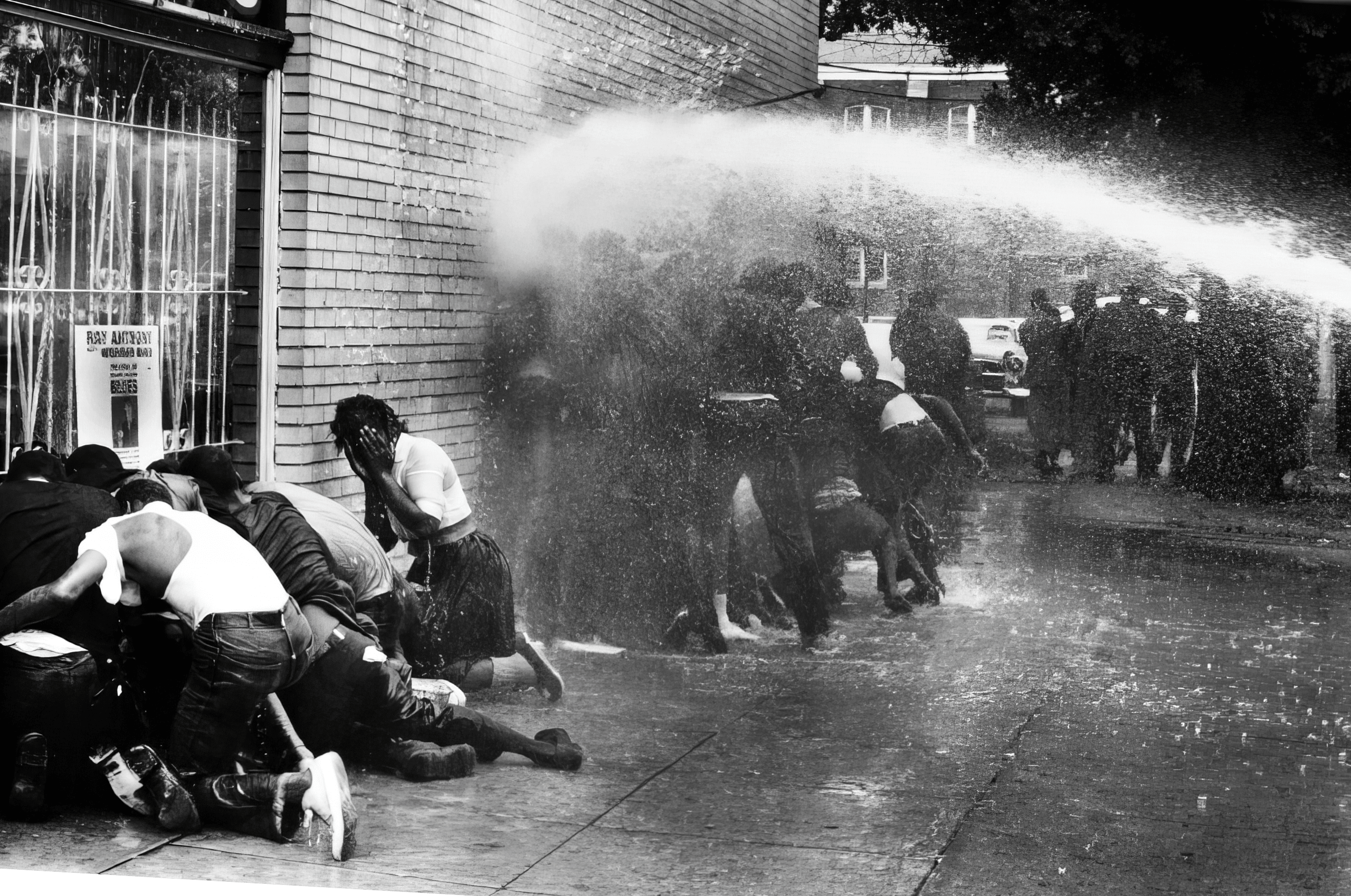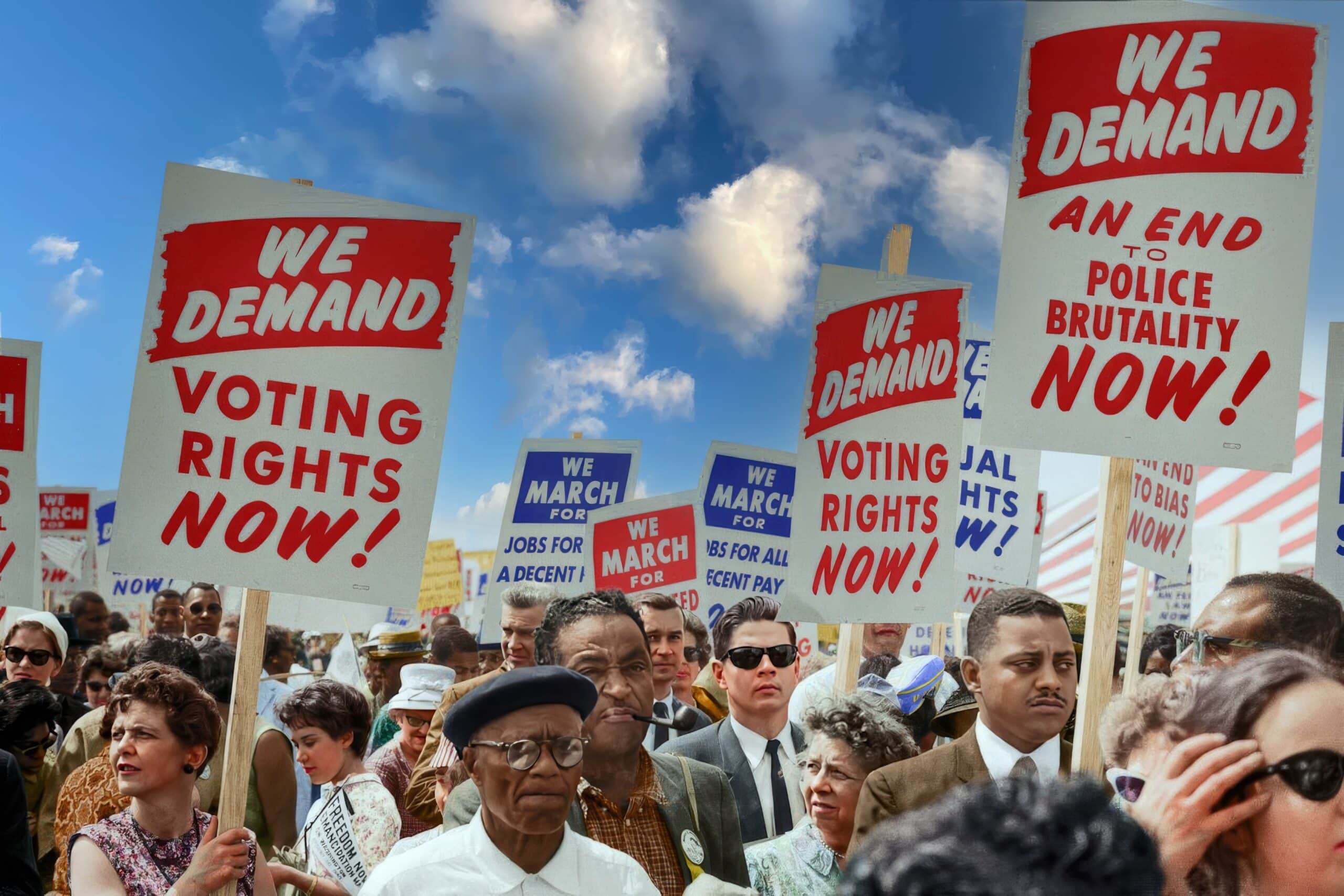with special thanks to Irene Small

Notable figures like Ruby Bridges, Claudette Colvin, and Amanda Gorman are highlighted in this article, showcasing the crucial role young Black individuals played in shaping Black history and driving progress in the Civil Rights Movement.
Introduction to Influential Black Children in Black History
Throughout American history, young Black individuals have been at the forefront, leaving a lasting impact on the Civil Rights Movement. Despite facing formidable challenges, these young trailblazers have broken barriers in education, led protests, and fought for equal rights. Their actions have not just defied societal norms, but also provided hope and inspiration for generations to come. These young activists and pioneers demonstrate the influential role that youth can have in fighting for justice and equality.
The lasting legacy of these influential Black children is due to their resilience, courage, and determination, which profoundly changed the course of history. These young individuals have demonstrated wisdom and strength beyond their years through school integration, protests, and raising awareness. By showcasing their narratives, we underscore the importance of youth involvement in driving societal transformation and the transformative power of committed individuals, regardless of their age, on global affairs. Their contributions are a powerful reminder that young people’s voices are essential in the ongoing fight for equality and justice.
Early Influencers in Black History
William Tucker
The first recorded African-American born in what would become the United States was William Tucker, born in 1623. The moment he was born became a major milestone in African-American history, establishing the foundation for the African-American community’s rich heritage and contributions to American society. The enduring influence of Black Americans is exemplified by the legacy of William Tucker, a reminder of their deep-rooted history in our nation’s fabric.
Ruby Bridges
Ruby Bridges, only 6 years old, became a symbol of courage and resilience by integrating William Frantz Elementary School in New Orleans in 1960. By courageously entering an all-white school with federal marshals due to violent mobs, she shattered racial barriers in education. Ruby’s story goes beyond bravery.
The Children’s Crusade of 1963
The Children’s Crusade took place in Birmingham, Alabama, in the spring of 1963, making it the focal point of the Civil Rights Movement. This movement was characterized by the brave participation of hundreds of students, aged seven to eighteen, who stood against racial segregation. It wasn’t just a symbolic gesture – they were truly involved. The marches, rallies, and arrests of these young protesters emphasized how crucial youth is in advocating for social change and equality.
Authorities responded to the Children’s Crusade with shocking brutality, using fire hoses, attack dogs, and mass arrests on young protesters. These images didn’t simply provoke sympathy;
Modern Young Activists and Their Contributions
Claudette Colvin
Rosa Parks’ more widely recognized act of defiance, Claudette Colvin, at just 15 years old, refused to give up her bus seat to a white passenger in Montgomery, Alabama, in 1955. Colvin’s brave resistance to segregation laws paved the way for the Montgomery Bus Boycott and highlighted the crucial role of youth in the fight for civil rights.
Mari Copeny
Mari Copeny, also known as “Little Miss Flint,” raised awareness about the Flint water crisis and fought for clean water access in her community. Her activism resulted in increased awareness and substantial fundraising, proving the power of young voices in addressing environmental and social justice concerns.
Amanda Gorman
The nation was captivated by Amanda Gorman, the youngest inaugural poet in U.S. history, at the 2021 Presidential Inauguration. Millions were moved by her powerful message of unity and hope, showing how young Black voices can inspire change through art and activism.
Unsung Heroes and Their Stories
Throughout black history, young individuals have added threads of resilience, innovation, and determination to society’s fabric. Alvin Ailey Jr., for example, changed dance forever by establishing a dance theater that honored Black culture and expressed the African American story through motion. His efforts not only gave Black dancers a platform but also contributed to the global dance repertoire, leaving a lasting impact that inspires dancers and choreographers worldwide.
Mae C. Jemison shattered barriers by becoming the first African American woman in space, showing that there are no limits for young Black talents pursuing STEM careers. Jemison’s 1992 space voyage on the Space Shuttle Endeavor was a significant milestone in promoting diversity in science and technology. Her achievements motivate girls and boys from diverse backgrounds to pursue their dreams and strive for greatness. These unsung heroes, through their groundbreaking achievements, show the profound impact young Black individuals can make on society, challenging stereotypes and inspiring future generations.
The Impact of Youth in Social Justice and Innovation
Mikaila Ulmer
Mikaila Ulmer, only 4 years old, started a thriving lemonade business to promote environmental awareness and bee conservation. She demonstrates how young people can positively impact the world through innovation and activism with her entrepreneurial spirit and commitment to sustainability.
Marley Dias
The #1000BlackGirlBooks campaign was launched by Marley Dias to promote diversity in children’s literature and provide young readers with stories that mirror their own experiences. Through her initiative, important conversations about representation and inclusivity have been ignited, resulting in increased visibility for Black authors and characters in publishing.
Nyeeam Hudson
By conquering his own encounters with bullying, Nyeeam Hudson transformed into a motivational speaker at just 11 years old, inspiring others with messages of kindness, empathy, and positivity. The transformation from victim to advocate highlights how powerful young voices are in fighting bullying and promoting support and understanding.
Conclusion: Recognizing the Legacy of Influential Black Children
Black children who have shaped history and advanced the Civil Rights Movement have left a profound and inspiring legacy. The integration efforts of Ruby Bridges and the bee-saving activism of Mikaila Ulmer exemplify the remarkable resilience and capacity for change in these young individuals. Not only have their actions confronted systemic barriers, but they have also inspired others to join the fight for equality and justice. Their stories serve as a reminder that bravery and speaking up are not bound by age, and that the actions of young people can make a lasting impact on society.
By recognizing and honoring the achievements of these young Black heroes, we help shape a history that includes and empowers all children. Acknowledging the achievements of trailblazers such as Claudette Colvin and Marley Dias highlights the notion that everyone has the capacity to create change. This acknowledgment not only pays tribute to their legacies but also motivates future generations to believe in their power to make a difference. Consequently, we need to instruct, disseminate, and honor the accounts of these young activists, as they embody the lasting resilience in the pursuit of justice and equality. They demonstrate a world where we acknowledge the influential role of young voices, rather than underestimate them.


